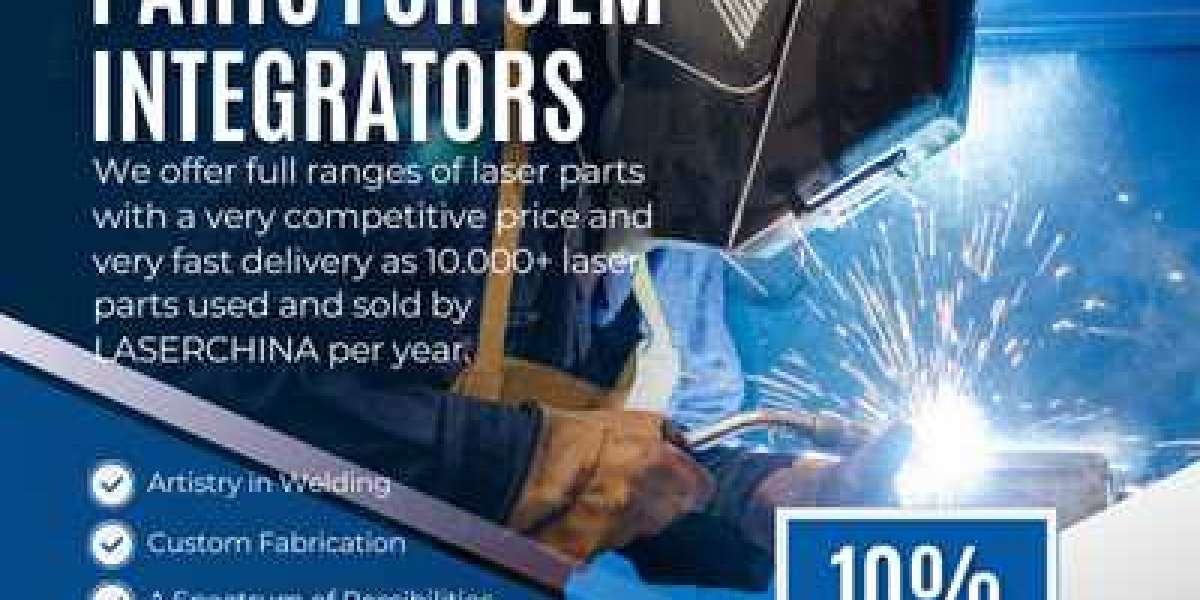Laser machine marking is a precise and permanent method of applying marks, logos, text, serial numbers, barcodes, or graphics onto various materials using a focused laser beam. Unlike traditional marking methods (such as ink printing or stamping), laser marking is non-contact, wear-resistant, and highly accurate. It is widely used in industries like electronics, automotive, aerospace, medical devices, packaging, and jewelry, thanks to its durability, speed, and versatility.
How Does Laser Marking Work?
Laser marking works by focusing a laser beam onto the surface of a material, which modifies its appearance without removing material or damaging the surface. The laser beam alters the surface through one of several processes:
Annealing: This method heats the material (usually metal) to change its color without damaging the surface. It’s ideal for stainless steel and medical instruments.
Etching/Engraving: Removes a small amount of material to create deep or shallow marks.
Foaming: Used primarily for plastics; it creates bubbles on the surface that reflect light, producing a lighter mark.
Coloration: Adds contrast or color through chemical reactions triggered by the laser.
Carbon Migration: Often used on metal alloys, it brings carbon to the surface, creating dark marks.
These processes are controlled through software that adjusts the laser’s power, frequency, speed, and pulse duration.
Types of Laser Marking Machines
Laser marking machines are categorized based on the type of laser they use. The most common include:
Fiber Laser Markers: Ideal for marking metals (steel, aluminum, copper) and some plastics. They are durable, fast, and require low maintenance.
CO₂ Laser Markers: Best for marking non-metal materials like wood, leather, glass, and acrylic.
UV Laser Markers: Suitable for highly sensitive materials such as glass, ceramics, and plastics, offering precise, low-heat marking.
Green Laser Markers: Excellent for reflective materials and delicate marking tasks.
Applications of Laser Machine Marking
Laser marking is incredibly versatile and can be found in nearly every industry:
Electronics: Marking circuit boards, chips, and electronic components with traceability codes or logos.
Automotive: Marking engine components, VIN numbers, and parts for traceability and safety.
Medical Devices: Creating sterile, corrosion-resistant marks on surgical tools, implants, and medical instruments.
Jewelry: Engraving custom designs, serial numbers, or brand marks on precious metals.
Packaging: Adding expiration dates, barcodes, or batch numbers on plastic or glass packaging.
Defense and Aerospace: Marking parts with compliance codes, part numbers, and serials to meet stringent regulations.
Advantages of Laser Marking
High Precision and Clarity: Perfect for detailed graphics and small fonts.
Durability: Marks are resistant to abrasion, chemicals, and heat.
Speed: Fast processing with minimal setup time.
Environmentally Friendly: No ink, chemicals, or consumables required.
Low Maintenance: Machines are reliable and cost-effective over time.
Automation Friendly: Can be integrated into production lines and robotic systems.
Conclusion
Laser machine marking is a critical technology in modern manufacturing. Its ability to provide permanent, high-quality, and tamper-proof markings on a wide variety of materials has made it essential for branding, safety, and traceability. Whether used for compliance, aesthetics, or identification, laser marking offers a powerful solution that combines speed, precision, and reliability for industries around the world.











